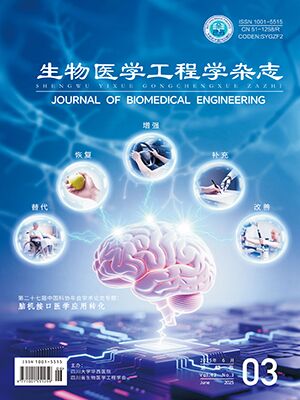Amyloid fibrils belong to a category of abnormal aggregations of natural proteins, which are closely related to many human diseases. Recently, some critical peptide sequences have been extensively studied for clarifying the molecular mechanism of natural proteins to form amyloid fibrils. In the present study, we designed a short peptide GGAAVV (GAV-6) composed of hydrophobic amino acids glycine (G), alanine (A) and valine (V) and studied its ability to form amyloid fibrils. As characterized by atomic force microscopy (AFM) and dynamic light scattering (DLS), the peptide could self-assemble into smooth nanofibers without branches. Congo red staining/binding and thioflavin-T (ThT) binding experiments show that the nanofibers formed by GAV-6 shared identical properties with typical amyloid fibrils. These results show that the designed peptide GAV-6 could self-assemble into typical amyloid fibrils, which might make it a useful model molecule to clarify the mechanism for the formation of amyloid fibrils in the future.
Citation: ZHANGJie, TANGChengkang, CHENYongzhu, XINGZhihua, QIUFeng. Study on the Formation of Amyloid Fibrils by Self-assembly of an Artificially Designed Peptide GAV-6. Journal of Biomedical Engineering, 2014, 31(3): 686-690. doi: 10.7507/1001-5515.20140128 Copy
Copyright © the editorial department of Journal of Biomedical Engineering of West China Medical Publisher. All rights reserved




